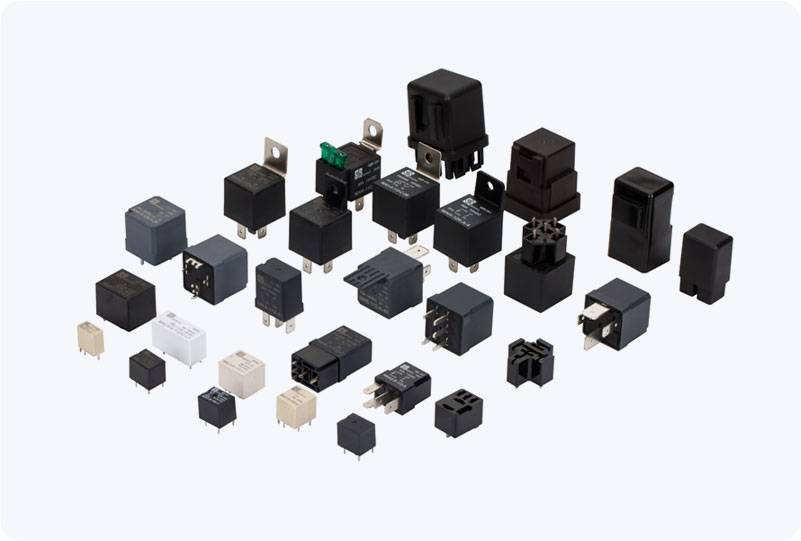Industrial Control Relays are fundamental components in the automation of industrial processes. These devices serve as the backbone of control systems, enabling reliable switching and regulation of electrical circuits. From manufacturing plants to large-scale infrastructure, relays are involved in ensuring that electrical systems operate seamlessly, efficiently, and safely. In this article, we explore the features, functions, types, and applications of Industrial Control Relays and why they are indispensable in the modern industrial landscape.

What is an Industrial Control Relay? An Industrial Control Relay is an electromechanical or solid-state device that switches an electrical circuit on or off in response to a control signal. The primary purpose of the relay is to provide an interface between the low-voltage control circuit (often from a PLC or control system) and a high-voltage or high-current load. The key advantage of a relay is its ability to control large electrical circuits with relatively small control signals, providing both control and electrical isolation for sensitive components. At the heart of traditional electromagnetic relays is an electromagnet that, when energized, pulls a contact to either open or close the circuit. In solid-state relays, the switching mechanism is based on semiconductor materials like transistors or thyristors, which provide a faster and more durable solution without the mechanical wear and tear seen in electromagnetic variants.
Leave a Reply